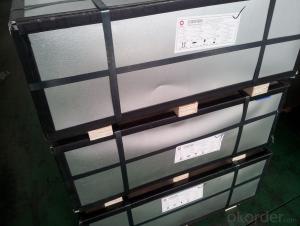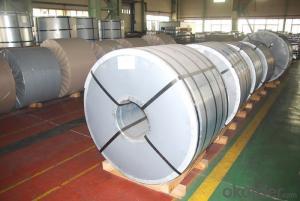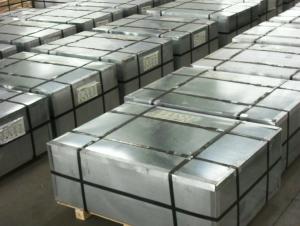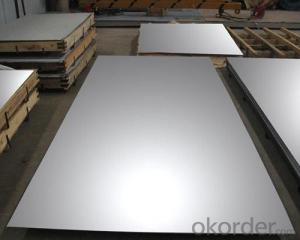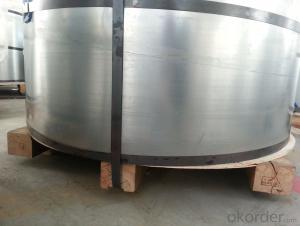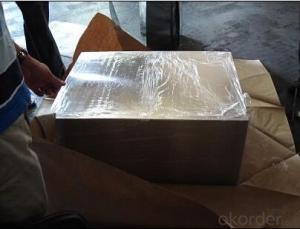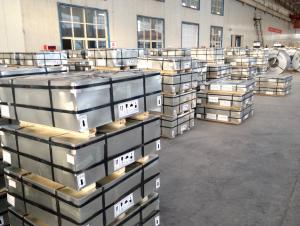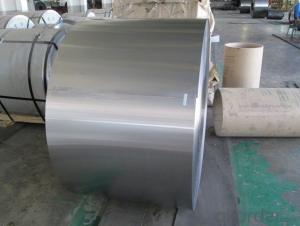Tinplate Collectables
Tinplate Collectables Related Searches
4 By 8 Plastic Sheets Thin Plastic Sheets Flexible Tinplate Coil Quotes Tinplate Iron Clear Plastic Sheets Hard Plastic Sheets 4X8 Lightweight Plastic Sheets Wavy Plastic Sheets White Plywood Sheets Poly Styrene Foam SheetsHot Searches
Tinplate China Tinplate Stock Price Tata Tinplate Price List Tinplate Price Trend Tinplate Nse Share Price Tinplate Price Chart Tinplate Share Price Nse Tata Tinplate Share Price Tinplate Share Price Today Tinplate Share Price Bse Tinplate Price Tinplate Share Price Tinplate Coil Manufacturers Tinplate Sheet Suppliers Food Mixer Sale Tinplate Factory Tinplate Production Tinplate Products Ltd Tinplate Products Tinplate Can ManufacturersTinplate Collectables Supplier & Manufacturer from China
Okorder.com is a professional Tinplate Collectables supplier & manufacturer, offers integrated one-stop services including real-time quoting and online cargo tracking. We are funded by CNBM Group, a Fortune 500 enterprise and the largest Tinplate Collectables firm in China.Hot Products
FAQ
- Tinplate can greatly impact the ease of opening and closing packaging due to its durability and malleability. It provides a sturdy and rigid structure to packaging, ensuring that it maintains its shape and integrity, making it easier to open and close repeatedly without any damage or distortion. Additionally, tinplate's smooth surface allows for effortless sliding and gliding when opening or closing packaging, further enhancing the overall user experience.
- Tinplate contributes to the durability of construction materials by providing a protective barrier against corrosion and oxidation. The tin coating on the steel substrate acts as a sacrificial layer, preventing the underlying material from coming into contact with moisture or other corrosive elements. This helps to extend the lifespan of construction materials, making them more resistant to rust and degradation over time.
- Tinplate is primarily used in the aerosol industry for manufacturing aerosol cans and containers. Its main applications include packaging of various aerosol products such as paints, lubricants, adhesives, and personal care products like deodorants and hairsprays. Tinplate cans ensure product safety, resist corrosion, and provide an excellent barrier against oxygen and moisture, making them ideal for preserving the integrity and longevity of aerosol contents.
- Yes, tinplate can be used for ammunition. It is commonly used for shotgun shells and some types of small caliber ammunition. Tinplate provides durability and corrosion resistance, making it suitable for preserving the integrity of ammunition during storage and transportation.
- Yes, tinplate can be used for packaging soups and broths. Tinplate is a commonly used material in the food packaging industry due to its durability, ability to withstand high temperatures, and resistance to corrosion. It helps to preserve the quality of the product and ensure its safety during transportation and storage.
- The common sizes of tinplate sheets vary, but some standard sizes include 4x8 feet, 4x10 feet, and 5x10 feet. However, tinplate sheets can also be custom-cut to specific dimensions as per the requirements of the project.























